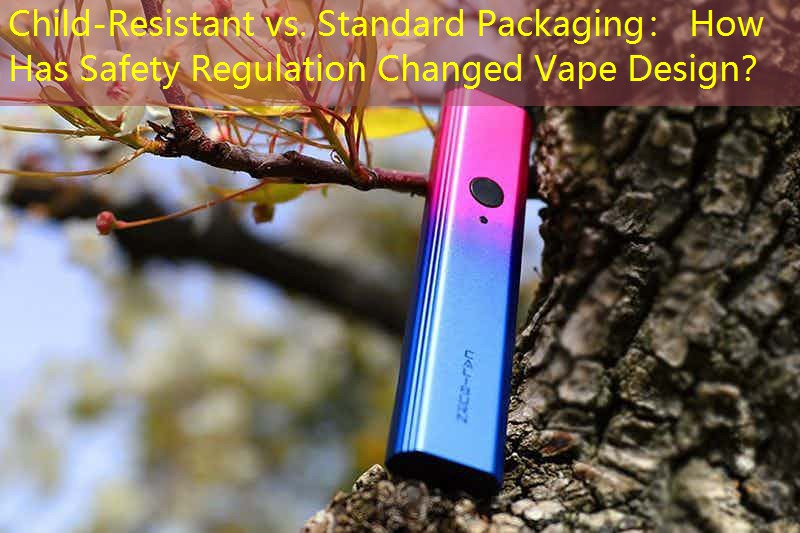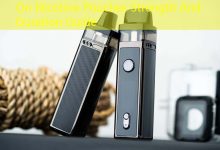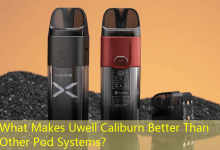Introduction to Packaging Regulations in the Vape Industry
As the vaping industry continues to expand, safety regulations have evolved to ensure consumer protection, particularly among vulnerable groups such as children. This shift has resulted in two primary types of packaging: child-resistant and standard packaging. Understanding the differences and implications of these types can help consumers make informed choices about their products.
What is Child-Resistant Packaging?
Child-resistant packaging refers to containers designed to be challenging for children to open while remaining accessible to adults. This type of packaging integrates features such as locking mechanisms or special opening techniques that require a certain level of dexterity and strength, which is not easily attainable by younger users. The FDA has set regulations that manufacturers must comply with to provide a safer product for consumers, particularly concerning products that contain nicotine.
Key Features of Child-Resistant Vape Packaging
1. Design Complexity: The design often includes multiple steps to open, such as pushing down while turning or squeezing and turning.
2. Material Durability: Child-resistant packaging is often made from more robust materials that can withstand tampering and accidental opening.
3. Labeling Requirements: There are strict mandates for labeling to inform consumers about the child-resistant features and proper usage.
The Importance of Child-Resistant Packaging in Vape Products

The introduction of child-resistant packaging in vape products is primarily driven by the rising concern over the accessibility of nicotine-containing products to children. Son yıllarda, there has been an alarming increase in accidental poisonings among children due to exposure to e-liquids containing nicotine. Implementing child-resistant packaging can significantly mitigate these risks by making it more challenging for children to access harmful substances.
Recent Changes in Safety Regulations
In response to the growing health concerns, regulatory bodies have intensified their scrutiny of vape product packaging. Örneğin, the FDA has issued guidelines requiring that all vape products sold in the market feature child-resistant packaging. Ek olarak, manufacturers must undergo rigorous testing to prove that their packaging meets the required safety standards. These changes reflect a broader initiative to safeguard public health and promote responsible usage of vaping products.

Comparing Child-Resistant and Standard Packaging
While standard packaging typically involves simpler design with easy-to-open lids, it lacks the safety measures necessary to restrict access from children. Standard packaging may still offer some basic labeling and safety warnings, but it does not provide the same level of protection as child-resistant options. The effectiveness of child-resistant packaging cannot be understated; studies show that it significantly reduces the incidence of accidental exposures among children.
What Consumers Should Look For
When choosing vape products, consumers should prioritize those with child-resistant packaging, especially if there are children in the home. When evaluating products, look for:
1. Certification Marks: Ensure there are visible certification marks indicating compliance with child-resistant packaging standards.
2. Clear Usage Instructions: The packaging should contain straightforward instructions on how to open it safely.
3. Secure Closure: Check for seals or closures that ensure the packaging remains intact until opened by an adult.
Çözüm
The shift towards child-resistant packaging marks a significant advancement in the vaping industry’s commitment to safety. With evolving regulations and an increasing focus on public health, consumers now have access to products designed not just for enjoyment but also for safety. By understanding the differences between child-resistant and standard packaging, consumers can take proactive steps to ensure a safer vaping experience for themselves and their families.







